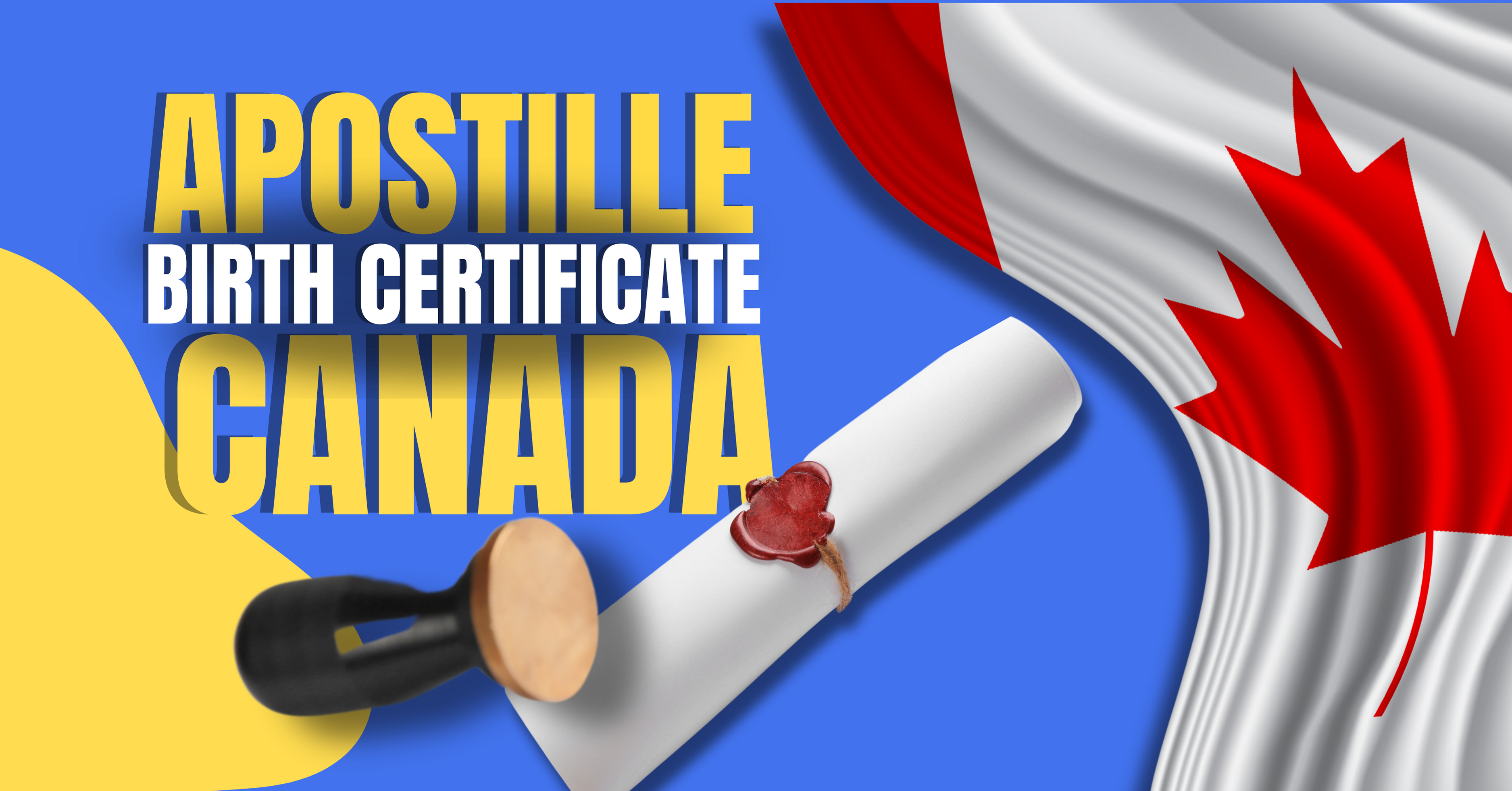In today’s fast-paced world of innovation and intellectual property, understanding the role and significance of USPTO documents is essential for individuals, businesses, and inventors alike. The United States Patent and Trademark Office (USPTO) plays a pivotal role in safeguarding intellectual property rights and promoting innovation. In this article, we’ll delve deep into the world of USPTO documents, exploring their various types, uses, and how they contribute to the intellectual property landscape.
Introduction to USPTO Documents
USPTO documents are the bedrock of the intellectual property landscape in the United States. They encompass a diverse range of materials related to patents, trademarks, copyrights, and other forms of intellectual property protection. These documents serve as a crucial repository of information for inventors, researchers, legal professionals, and businesses seeking to safeguard their innovations.
The Importance of Patent Documents
Different Types of Patents
Patents are vital for protecting new inventions, processes, and technologies. The USPTO issues three main types of patents: utility patents, design patents, and plant patents. Utility patents cover functional aspects, design patents protect ornamental designs, and plant patents are granted for new plant varieties.
Components of a Patent Document
A standard patent document includes several sections: a title, abstract, detailed description of the invention, drawings, claims, and references. The claims section is particularly significant as it outlines the specific rights granted by the patent.
Navigating Trademark Documents
Trademark Search and Registration
Trademarks are essential for establishing brand identity and preventing confusion among consumers. USPTO’s trademark documents include information about registered trademarks, pending applications, and the comprehensive trademark search process.
Trademark Application Process
Registering a trademark involves a multi-step process, from conducting a thorough search to submitting a complete application. The document provides insights into the criteria for trademark approval and the associated legal procedures.
Unveiling the World of Copyright Documents
Copyrightable Works
Copyright protects original works of authorship, such as literary, artistic, and musical creations. USPTO documents offer insights into the various forms of copyrightable works and the scope of protection they receive.
Copyright Registration Process
While copyright protection is automatic upon creation, registering with the USPTO offers additional legal benefits. The document outlines the registration process and the advantages it provides to copyright owners.
Exploring Other USPTO Documents
Design Patents
Design patents focus on the aesthetic appearance of an object. These documents highlight the visual features that distinguish a design and the criteria for granting design patent protection.
Plant Patents
Plant patents recognize the innovation in new and distinct plant varieties. The document sheds light on the plant patent application process and the unique aspects of plant-related intellectual property.
Trade Secrets
Trade secrets are valuable business assets. USPTO documents discuss the concept of trade secrets, how they differ from patents, and the measures businesses can take to protect their sensitive information.
Decoding USPTO Document Numbers
USPTO document numbers hold valuable information about the type of document, application year, and unique identifier. Understanding this numbering system helps users efficiently locate and interpret documents.
How to Access USPTO Documents Online
USPTO Website Navigation
The USPTO website provides a user-friendly interface for accessing a wide array of intellectual property documents. Navigating through the website’s sections and databases is essential for efficient document retrieval.
Online Databases and Tools
USPTO offers online databases and tools that facilitate searches for patents, trademarks, and copyrights. Familiarizing oneself with these resources enhances the research process and aids in gathering relevant information.
Utilizing USPTO Documents for Research and Analysis
Market Research
USPTO documents are invaluable for conducting market research. Analyzing patent trends and technological advancements can provide insights into emerging industries and potential opportunities.
Competitor Analysis
Studying competitors’ patent portfolios can reveal strategic insights. USPTO documents enable businesses to identify their rivals’ strengths, weaknesses, and areas of focus.
Prior Art Searches
Prior art searches help determine the novelty of an invention. USPTO documents play a crucial role in conducting thorough searches to assess the patentability of an idea.
Challenges and Limitations of USPTO Documents
Incomplete or Outdated Information
USPTO documents may not always contain the most up-to-date information. Relying solely on these documents could result in overlooking recent developments.
Understanding Legal Language
The legal language used in USPTO documents can be complex. It’s essential to have a basic understanding of patent terminology to avoid misinterpretation.
Navigating the USPTO Documentation: Tips and Tricks
Effective Keyword Searches
Crafting precise and relevant keyword searches enhances the efficiency of document retrieval from the USPTO databases.
Analyzing Patent Claims
The claims section of a patent document outlines the invention’s specific features. Analyzing these claims can provide a deeper understanding of an innovation’s scope.
Interpreting Drawings and Diagrams
Visual representations in patent documents offer insights into the invention’s design and functionality. Learning to interpret these diagrams is crucial for comprehensive understanding.
Keeping Abreast of Updates and Changes
USPTO News and Announcements
Staying informed about the latest news and announcements from the USPTO helps professionals remain updated on policy changes, legal reforms, and procedural updates.
Policy Changes and Reforms
The USPTO occasionally revises its policies and procedures. Documented changes highlight shifts in intellectual property law and regulations.
Conclusion
In a world driven by innovation, USPTO documents are a treasure trove of knowledge for anyone invested in protecting intellectual property. Whether you’re an inventor seeking patent protection or a business aiming to differentiate your brand, understanding and utilizing these documents can significantly impact your success.
Frequently Asked Questions
Can I file a patent application without legal representation?
Yes, individuals can file patent applications without a lawyer. However, the process can be complex, and legal advice is recommended.
Is copyright protection the same worldwide?
No, copyright laws vary by country. While international agreements offer some level of protection, it’s crucial to understand local laws when dealing with copyrighted works.
Are all trademarks eligible for registration?
Not all trademarks are eligible for registration. Marks that are generic, descriptive, or likely to cause confusion with existing marks may face challenges during the registration process.
What is the significance of a provisional patent application?
A provisional patent application establishes an early filing date and provides “patent pending” status. It allows inventors more time to refine their inventions before filing a non-provisional application.
How often should I search for patent updates?
Regularly checking for patent updates is advisable, especially if you’re working in a fast-evolving industry. Setting up alerts for specific keywords can help you stay informed.




































